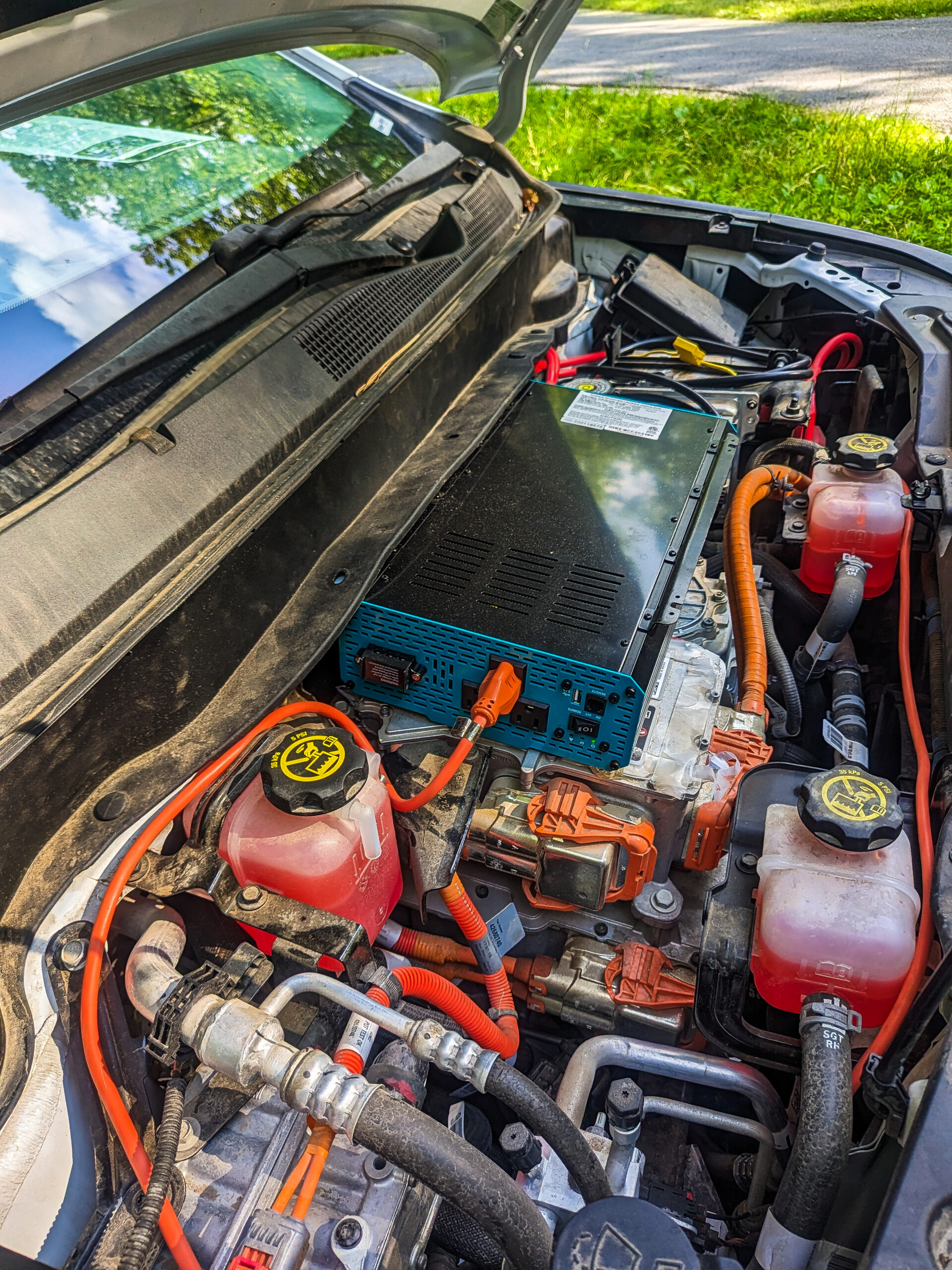Sign up for daily news updates from CleanTechnica on email. Or follow us on Google News!
According to a recent regulatory filing, BYD, the Chinese electric vehicle (EV) behemoth that needs no introduction, is setting its sights on the Canadian market, a move that could potentially disrupt the EV landscape in the Great White North. But, it might not be a cake walk, as the Canadian government is looking into imposing tariffs the way the United States did. Between this and other obstacles, it probably won’t be a cakewalk.
Some Background
The Shenzhen-based automaker has already made significant strides in the global EV market. In 2023, BYD sold a staggering 3,024,417 vehicles, a 61.8% increase compared to the previous year. The company has also surpassed Tesla in sales, making it arguably the most formidable player in the EV industry. BYD’s success can be attributed to its wide range of EV models, from the affordable Dolphin to the luxurious and sporty Yangwang U9. On top of this, the Chinese government has been a big backer of battery manufacturing and research in recent decades while the United States and other western powers slept on it.
Now, these other players are starting to fight back. For example, the United States has both subsidized vehicles with batteries coming from friendly countries (via restrictions on the EV tax credit) and also imposed tariffs. BYD was going to bypass the tariffs by assembling vehicles in Mexico and then importing them via the updated version of the NAFTA agreement (USMCA). So, the U.S. then added new tariffs to apply to that and keep cheap EVs from undercutting the U.S. auto manufacturing sector.
Despite this setback, Chinese companies still need to find new markets, so they’re going to continue plans for Mexican sales, and now they’re apparently looking into Canada. But, we have to remember that Canada does have strong ties with the United States that will affect the situation.
Things That Will Get In The Way
BYD’s entry into the Canadian market is not without its challenges.
For one, the Canadian government’s potential tariffs on Chinese-made EVs could significantly impact BYD’s pricing strategy and market share in Canada. It’s important to keep in mind that the United States automobile manufacturing industry extends across the border into Canada. All of the “Big 3” automakers (Ford, GM, and Stellantis) have plants not only in places like Michigan, but across the river from their headquarters in Ontario. So, when something affects the sales of US vehicles, it affects the Canadian automobile industry along with it.
To keep artificially cheap EVs from taking too many sales away from North American manufacturers, Canadian leadership is considering tariffs of their own. Just as in the States, Canadian officials are in a consultation process to consider not only taxes on Chinese imports, but also adjusting EV incentives to exclude Chinese EVs.
So, BYD will need to navigate this regulatory hurdle while also competing with established players like Tesla and Volkswagen. Unable to rely on lower prices, that’s not going to be easy.
Another thing BYD will need to address is concerns about the quality and reliability of its vehicles in the Canadian market. The company has faced criticism in the past for the quality of its products, and it’s a totally new automaker for most people in North America who don’t follow EV news. To get past this, the company will need to both up its positive name recognition and earn a reputation for high quality.
How BYD Could Still Succeed
Despite these challenges (that the company is surely aware of), BYD’s move to enter the Canadian market demonstrates the company’s ambition to expand its global presence and compete with the best in the industry despite these headwinds. So, let’s look at some ways they might still succeed.
One of the key factors that could give BYD an edge in the Canadian market is its ability to produce EVs at a significantly lower cost than its competitors can. According to Robert Karwel, a senior manager at J.D. Power, Chinese automakers like BYD can make EVs for about a third of the cost of their North American counterparts. This cost advantage could allow BYD to offer its EVs at a more competitive price point in Canada, making them an attractive option for price-conscious consumers.
Obviously, this is the advantage that tariffs and exclusions from subsidies aim to counter, but there’s no guarantee that it would work. If the tariffs are small enough, the companies could possibly just get cheap enough to compete anyway. If the tariffs are large, Chinese companies could work with their government to “dump” subsidized vehicles into the Canadian market at a loss for the purposes of establishing a foothold regardless of tariffs. Even harsher tariffs could backfire, allowing the Chinese government to lodge complaints with the WTO or by creating consumer and voter resentment.
It might also be possible to prevent tariffs by undercutting a coalition that would vote for such taxes. By pitting protectionism against environmentalism, the company could lobby to make the tariffs either not happen or be small enough to be manageable for a smaller-scale entry into the market.
Another possible way around the tariffs would be to build a beachhead using non-automotive goods, like e-bikes, e-motorcycles, and mini-EVs. This obviously wouldn’t help expand the main market for full on EVs, but by getting buyers familiar with and trusting of the brand, it could become harder and harder to justify continued tariffs to the public. Partnerships with other automotive companies could also prove to be a good way to get a foot in the door.
Finally, innovation can serve as a tariff buster. Even if prices for them are higher, offering things that cheaper domestic EVs don’t have could make up for the extra price. Improved battery technology, better driver assist features, and many other things could result in a car that sells above its weight.
Final Thoughts
It could prove to be easier to get a foot in the door in the Canadian and Mexican markets than to overcome hurdles to US sales of Chinese EVs. But, if companies like BYD can get a beachhead in North America and show the US market that the cars work out, it could eventually erode support for harsh tariffs.
If I was working for a domestic automotive manufacturer, I’d be working extra time to make sure that by the time that happens, domestic EVs are ready to compete.
Featured image by BYD.
Have a tip for CleanTechnica? Want to advertise? Want to suggest a guest for our CleanTech Talk podcast? Contact us here.
Latest CleanTechnica.TV Videos
CleanTechnica uses affiliate links. See our policy here.
CleanTechnica’s Comment Policy





